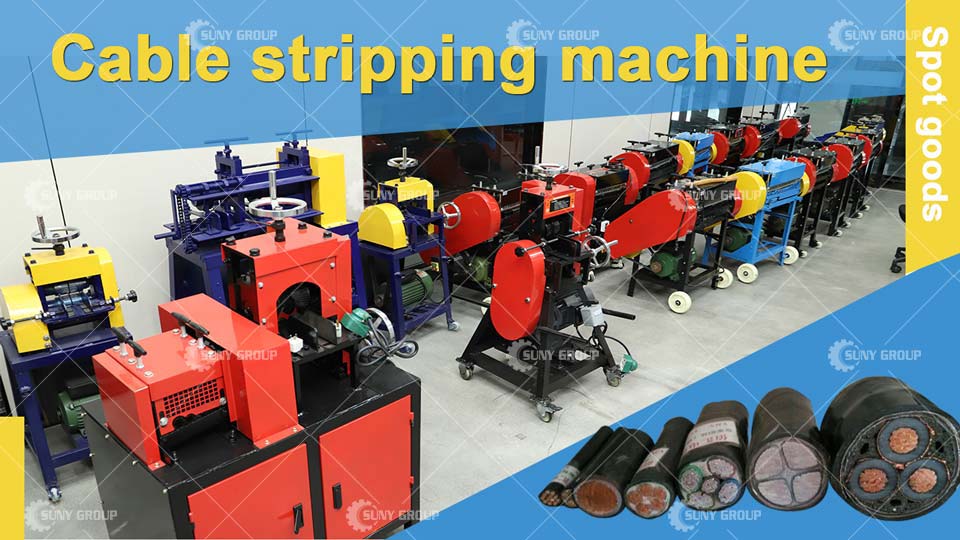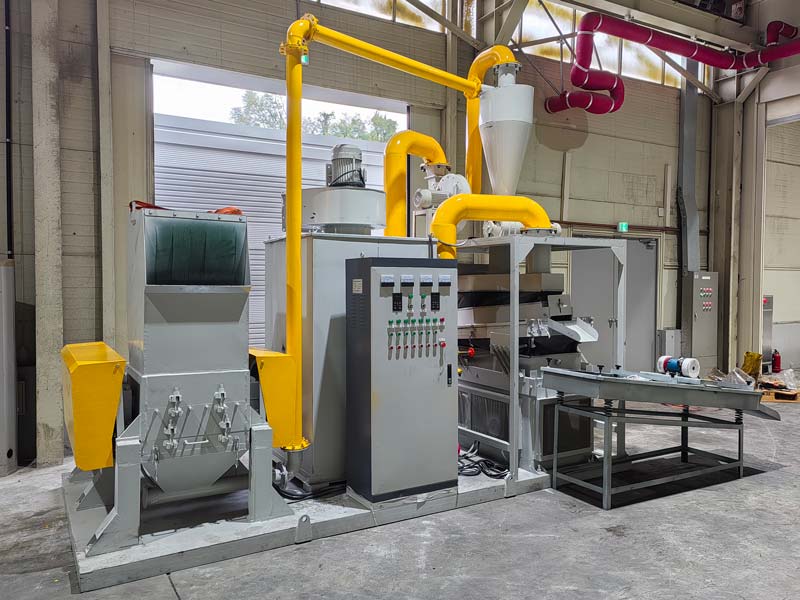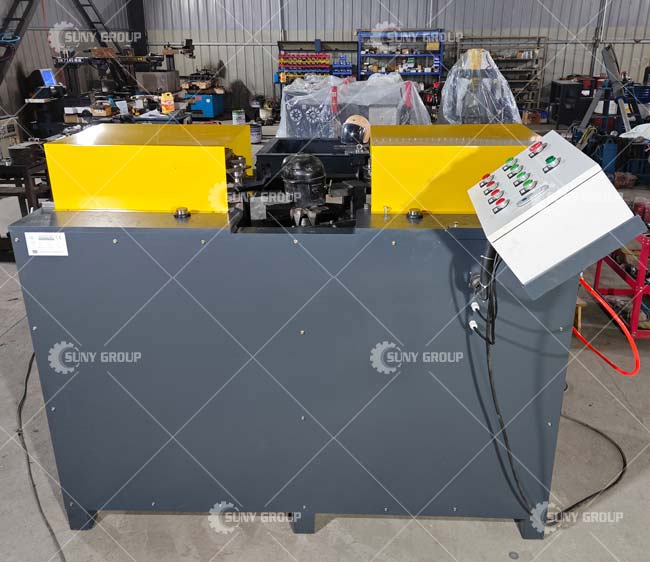- cost of hydraulic briquetting machine for waste recycling
- Energy-Efficient Balers
- high pressure briquette press for copper slag
- metal powder briquetting machine for smelting furnaces
- briquette machine with automatic feeding system
- industrial hydraulic briquetting press for steel swarf
- Double Shaft Shredder: Structure, Materials, Working Process, and Output
- compact briquette press for aluminum scrap workshop
recycling line for scrap solar panels
With the rapid development of the global photovoltaic industry, the application scale of solar panels has expanded year by year. However, the service life of solar panels is usually 25-30 years, and the photovoltaic modules installed in the early stage have gradually entered the scrap period. According to the International Renewable Energy Agency (IRENA), by 2030, the annual production of waste solar panels in the world will exceed 8 million tons. At present, the recycling and processing of solar panels is still in its infancy. Only some developed countries have established professional recycling lines, while most developing countries still mainly use landfill or simple dismantling, which not only wastes resources but also may cause environmental pollution.
Future Development
In the future, with the updating and iteration of photovoltaic technology and the improvement of environmental protection regulations, the solar panel recycling industry will usher in rapid development. The popularization of new high-efficiency components (such as PERC, HJT, and perovskite cells) will change the composition of recycled materials and promote the innovation of recycling technology. At the same time, the European Union, China, the United States and other regions have begun to formulate mandatory recycling policies, requiring manufacturers to assume recycling responsibilities, which will further promote the maturity of the recycling industry chain.

Recycling significance
Solar panels contain valuable metals such as silicon, silver, copper, and aluminum, as well as reusable materials such as glass and plastic. Efficient recycling can not only reduce resource waste, but also reduce dependence on primary minerals, reduce energy consumption and carbon emissions. In addition, proper treatment of harmful substances such as lead and cadmium in waste components can avoid soil and water pollution, which is in line with the concept of sustainable development.
Economic benefits
Although the current recycling cost is high, with the advancement of large-scale production and technology, the economic benefits of recycling will gradually emerge. For example, about 150 kg of silicon, 20 kg of copper and 10 kg of silver can be extracted from 1 ton of waste crystalline silicon components, which is of considerable value. In addition, the reuse of recycled materials can reduce the production cost of new components and form a circular economy model. It is estimated that by 2030, the global photovoltaic recycling market will exceed 10 billion US dollars and become an important part of the green energy industry.
Establishing a complete solar panel recycling system is both an environmental demand and an economic opportunity. Governments, enterprises and scientific research institutions need to strengthen cooperation, promote technological innovation and policy implementation, and realize the closed-loop transformation of the photovoltaic industry from “production-use-waste” to “production-use-recycling-regeneration”.




INQUIRY